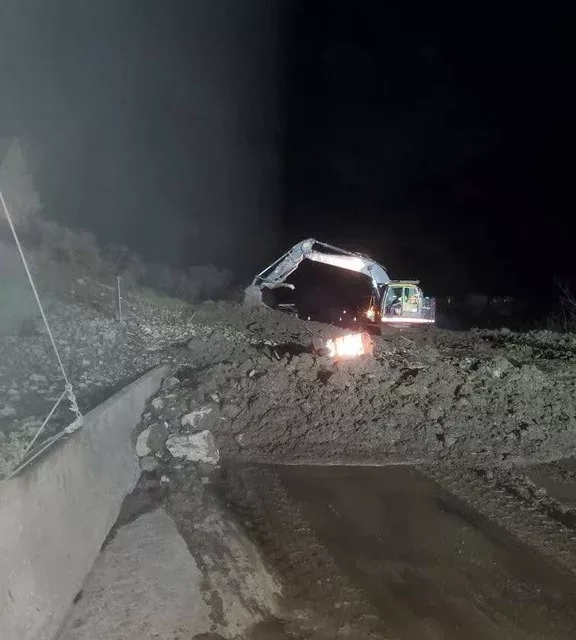Mud. Water. Flowing, rolling boulders. Closing highways. Sweeping away homes, closing interstate highways and canyon roads. Taking lives. The multiple road closures due to mudslides are an impact being experienced across Colorado in the wake of last year’s devastating wildfires.
This past weekend there were mudslides again in Glenwood Canyon, requiring yet another highway closure in late afternoon. This is the eighth (or ninth, we’re all starting to lose track) closure of I-70 in that area since last year’s canyon Grizzly Creek wildfire.
Flooding this past week in the Poudre River Canyon area has taken two lives, with two still missing. According to the Larimer County Sheriff’s Office, a woman’s body was found near the small community of Rustic, about 100 miles northwest of Denver, after a mudslide sent a large amount of debris into a scenic, winding canyon last Tuesday evening. A second man’s body was found in the debris piles. It took just an inch of rain in the burn scar area to cause sudden and massive flooding there, according to Larimer County Sheriff’s Office Capt. Joe Shellhammer. His interview with Ft. Collins Coloradoan, part of the USA TODAY Network, revealed that the rain drained into the Black Hollow area and created a debris dam that burst, causing flash flooding and mudslides.
The mud phenomenon has been an ongoing struggle for the Colorado Department of Transportation. CDOT said that U.S. Highway 6 – Loveland Pass was closed for the majority of Sat. July 24 due to an overnight mudslide. The debris covered all lanes of the road near the Arapahoe Basin Ski Area. CDOT crews worked to clear the debris from the mudslide, which caused more traffic stops to allow for equipment and vehicles to reach the debris area.
The continued closures on I-70 have also caused CDOT to temporarily pause some of the planned construction closures on U.S. Highway 50 between Montrose and Gunnison. This has allowed motorists to access a southern alternate route on U.S. 50.
The July 1 torrential rainfall in the southern portions of Chaffee County unleashed water and debris flows on Methodist Mountain related to the 2019 Decker Fire. Several road culverts were overrun, which might necessitate attention by the Chaffee Road and Bridge Dept.
The ongoing struggle to keep Interstate 70 in Glenwood Canyon clear of debris from last year’s Grizzly Creek Fire, is taxing. Fresh CDOT work crews have been required to clear mud that continues to move downhill, sometimes carrying 600 lb. boulders with it, repeatedly covering both eastbound and westbound lanes. CDOT has reached out to neighboring states, Kansas and Nevada, to help alert travelers to the ongoing interstate situation.
CDOT says the alternate routes can require approximately 2.5 hours additional travel time to reach destinations, compared to traveling on I-70 through Glenwood Canyon. It recommends that travelers sign up for and consult www.cotrip.org before departures to plan their routes.
It continues to recommend a northern route around any canyon closure. Traffic going westbound on I-70: Motorists coming from the Denver metro area or Interstate 25 can travel westbound on I-70 to Silverthorne, then turn north onto CO 9. In Kremmling, travelers should turn onto westbound U.S. Highway 40 towards Steamboat Springs. After reaching Craig, motorists can return south via CO 13 towards Rifle. Access to I-70 westbound is at Rifle.(Eastbound traffic: reverse this route.)
The burn scar areas are particularly susceptible to mudslides because the loss of vegetation and deep ash destabilizes the soils. There is nothing to hold back the water.
With the monsoon flow re-establishing itself over portions of the central and western Colorado mountains, the mudslides are becoming as expected as the afternoon and early evening moisture.
Featured image: Mudslide in Glenwood Canyon. Photo courtesy of CDOT









Recent Comments